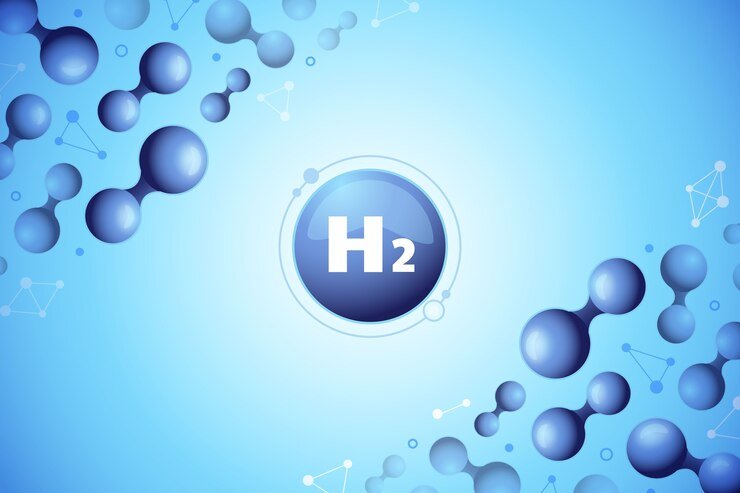Chemistry is a treasure trove of fascinating compounds, each holding its own place in the tapestry of science and discovery. Among them is hcooch ch2 h2o, a compound that intrigues both students and professionals due to its unique properties, versatile applications, and ongoing relevance in research. But what exactly is HCOOCH2H2O, and why does it matter?
This guide will provide a detailed breakdown of hcooch ch2 h2o, covering everything from its chemical structure and properties to its environmental impacts and future potential. Whether you’re a chemistry student eager to understand this compound or an educator seeking teaching insights, you’re in the right place.
Understanding HCOOCH2H2O
What is HCOOCH2H2O?
HCOOCH2H2O, also referred to as a hydrated derivative of methyl formate, is an intriguing compound with a variety of scientific and industrial implications. Known for its role in organic synthesis reactions, HCOOCH2H2O is a key intermediate that often serves as a building block in larger chemical processes.
Its significance extends beyond its structural uniqueness—it has properties that make it relevant in multiple disciplines of chemistry, from laboratory experiments to industrial practices.
By understanding this compound, we gain insights into a range of applications, including organic synthesis, catalysis, and more.
Chemical Structure and Properties of HCOOCH2H2O
Molecular Structure
The molecular structure of HCOOCH2H2O combines elements of formic acid and methanol water association, leading to its unique reactivity. Here’s a breakdown of its structure at a molecular level:
- HCOO represents the formate group, derived from formic acid.
- CH2 indicates the methyl group essential to its organic nature.
- H2O signifies the water association, suggesting a linkage that increases its solubility and behavior in solution-based reactions.
Its three parts contribute distinct chemical properties, making it both stable in certain contexts and reactive in others.
Physical Properties
HCOOCH2H2O has notable physical properties that make it useful in chemistry:
- Physical State: Often found in hydrated or liquid form due to its association with water.
- Boiling Point: Relatively low due to its affinity for volatile interactions.
- Solubility: Highly soluble in polar solvents like water, aiding its role as a reaction medium.
Chemical Properties
Chemically, HCOOCH2H2O functions as a reactive intermediate, participating in:
- Esterification Reactions
- Hydrolysis Processes
- Catalytic Conversions, especially in organic reactions.
Its balance of stability and reactivity is a major reason for its integration into various synthetic pathways.
Synthesis and Production
Laboratory Preparation
HCOOCH2H2O can be synthesized in laboratory settings primarily through the controlled combination of formic acid, methanol, and water. The hydration process and precise ratios of components influence its product stability and yield.
Common synthetic methods include:
- Direct Esterification under catalyzed conditions to yield HCOOCH2 derivatives, followed by hydration.
- Controlled Mixing Techniques ensuring proper association of water molecules for the hydrated form.
Industrial Production
On a commercial scale, HCOOCH2H2O synthesis is streamlined to meet high-purity demands for specific applications. Large-scale production often utilizes automated reactors that enable precise temperature and pressure control for optimal results.
Some industries even modify the compound further, producing derivatives suited to niche applications like plastics manufacturing or cosmetic formulations.

Applications of HCOOCH2H2O in Chemistry
One of the most fascinating aspects of hcooch ch2 h2o is its versatility. It plays an essential role in numerous areas, including industrial, educational, and research contexts.
Organic Chemistry Reactions
HCOOCH2H2O is a staple in esterification and transesterification processes due to its ability to act as a reactive substrate. It enables:
- Formation of larger esters in organic systems.
- Streamlined production of biomaterials.
For students, understanding these reactions serves as an introduction to complex chemical synthesis practices.
Catalytic Processes
The ability of HCOOCH2H2O to interact with catalysts makes it highly valuable for:
- Polymer Chemistry
- Renewable Energy Research (e.g., catalytic fuel transformations).
Laboratory Studies
Due to its manageable reactivity, it is used in teaching laboratories to explain key concepts of organic synthesis, solubility, and reaction kinetics.
Environmental and Health Impacts
While HCOOCH2H2O holds immense value in chemistry, its potential negative impacts must be acknowledged.
Environmental Considerations
- Biodegradability: HCOOCH2H2O can break down under certain conditions, but its byproducts (depending on production methods) could potentially harm ecosystems.
- Safety in Disposal: Routine monitoring of its concentration in industrial waste streams is critical to preventing environmental degradation.
Health Implications
Though not highly toxic, exposure to HCOOCH2H2O vapors can irritate:
- Skin
- Eyes
- Respiratory Passages
Adopting proper handling practices (e.g., using safety gloves and goggles) is vital for laboratory and industrial personnel.
Future Prospects of HCOOCH2H2O
With advances in synthetic technology, HCOOCH2H2O shows promise in emerging fields like green chemistry and sustainable manufacturing.
Research Opportunities
Scientists are exploring its potential for:
- Bio-based Plastics synthesis as alternatives to petroleum-derived materials.
- Integration into renewable energy systems, specifically as a reagent in fuel cell reactions.
Improved Processes
Ongoing innovations aim to reduce synthesis costs and enhance eco-friendly production. Both aspects are integral to the compound’s future utility in mass-market applications.
Why HCOOCH2H2O Matters
Understanding HCOOCH2H2O is crucial for chemistry students, educators, and professionals alike. From its molecular composition to its environmental impacts, this compound demonstrates how chemistry bridges science and practical application.
Through its study, we not only gain knowledge about one compound but also develop a framework for approaching the complexities of organic chemistry as a whole.
Take the Next Step in Your Understanding
To deepen your knowledge, explore hands-on experiments with HCOOCH2H2O in a supervised laboratory setting or engage with open-access research articles addressing its advanced applications.
Chemistry students and educators are encouraged to continue asking questions and challenging the boundaries of comprehension—and remember, this compound is just one molecule in the infinite universe of chemistry!


